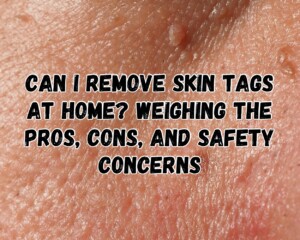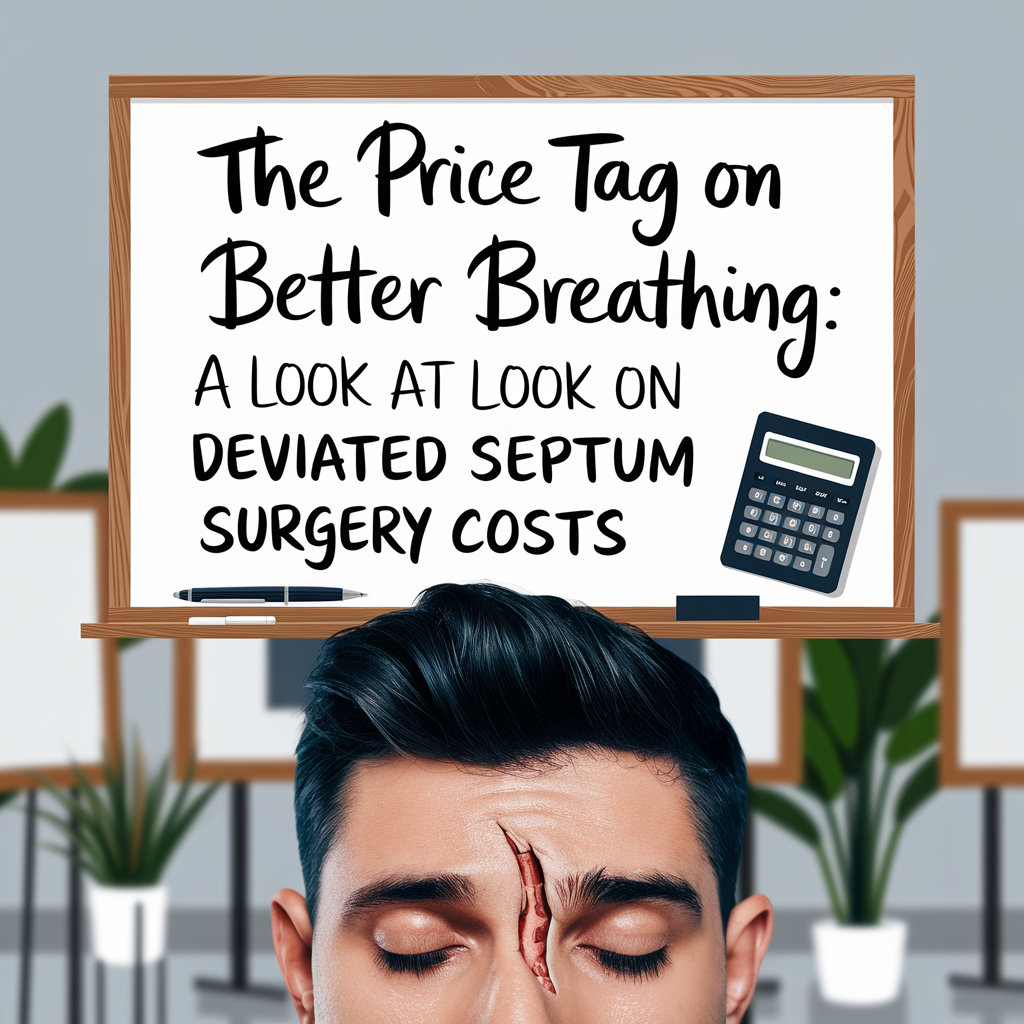
What Is a Deviated Septum and Why Consider Surgery?
A deviated septum occurs when the thin wall (septum) separating the nasal passages is displaced to one side, causing one nasal passage to be smaller than the other. While a slightly off-center septum is common, a more severe deviation can lead to a range of uncomfortable and disruptive symptoms that impact daily life.
Symptoms of a Deviated Septum (From Most to Least Common)
- Nasal Congestion and Difficulty Breathing: Blocked airflow through one or both nostrils is the hallmark symptom.
- Frequent Sinus Infections: A deviated septum can trap mucus, creating a breeding ground for bacteria.
- Snoring or Sleep Disturbances: The restricted airflow often leads to noisy breathing during sleep or even obstructive sleep apnea.
- Nosebleeds: The uneven airflow can dry out the nasal lining, making it prone to bleeding.
- Headaches and Facial Pain: Pressure from the blocked sinuses or irregular airflow may trigger these symptoms.
- Reduced Sense of Smell: A long-term deviation may limit the ability to detect scents.
- Post-Nasal Drip: Mucus accumulation due to poor drainage can drip down the throat, causing irritation.
Long-Term Issues Caused by an Untreated Deviated Septum
If left untreated, a deviated septum can lead to more than just discomfort. Chronic sinus infections and persistent breathing difficulties can severely impact quality of life. Over time, the condition may also contribute to sleep disorders, fatigue, and difficulty engaging in physical activities due to poor oxygen flow.
For a comprehensive look at what a deviated septum is and the complications it can cause, visit Johns Hopkins Medicine – Deviated Septum.

How Much Does Deviated Septum Surgery Cost?
The cost of deviated septum surgery, also known as septoplasty, can vary significantly depending on several factors. On average, patients in the United States can expect to pay between $5,000 and $11,000 for the procedure without insurance. However, these figures can shift based on the complexity of the surgery and the healthcare provider.
Breakdown of Septoplasty Costs
- Surgeon’s Fees:
- This is the largest portion of the cost and depends on the surgeon’s experience and reputation. Highly skilled ENT specialists may charge more.
- Facility Fees:
- Whether the surgery is performed at a hospital or an outpatient surgical center impacts the cost. Outpatient centers are generally less expensive.
- Anesthesia Fees:
- An anesthesiologist is required to administer general or local anesthesia, adding another layer of expense.
- Post-Operative Care:
- Follow-up visits, medications, and any additional treatments required during recovery contribute to the overall cost.
Factors That Affect Pricing
- Geographic Location: Major cities and high-cost-of-living areas tend to have higher surgical fees.
- Severity of the Condition: A more complicated deviation may require additional time and expertise, increasing the cost.
- Insurance Coverage: Costs can be significantly reduced if the procedure is deemed medically necessary, which we’ll explore in the next section.
To better understand the financial aspects and treatment options, explore this detailed guide from the Mayo Clinic – Treatment for Deviated Septum.
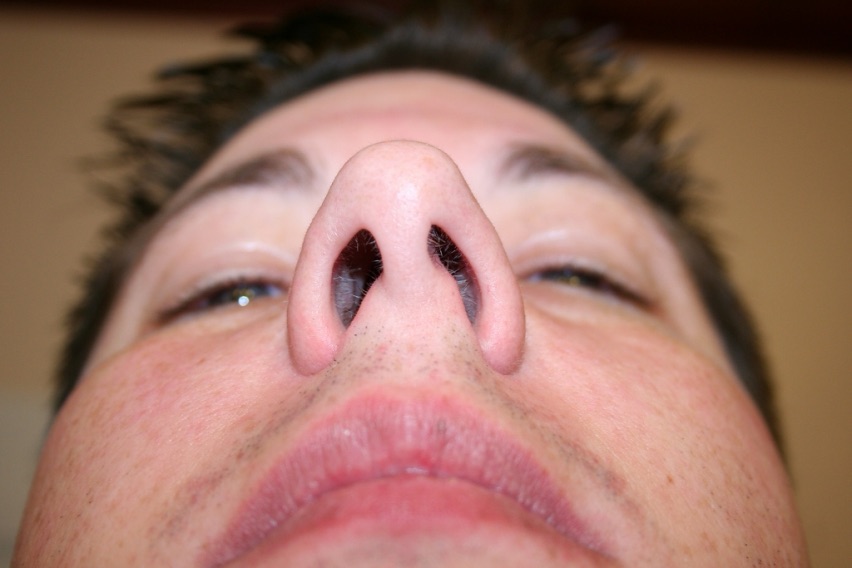
Is Deviated Septum Surgery Covered by Insurance?
Insurance coverage for deviated septum surgery, or septoplasty, depends on whether the procedure is classified as medically necessary. If your condition significantly impacts your health or quality of life, such as causing chronic breathing issues or sinus infections, most insurance providers are likely to cover the procedure.
When Is Septoplasty Considered Medically Necessary?
Insurance companies require specific criteria to approve coverage for septoplasty. These include:
- Chronic Breathing Difficulties: Persistent nasal blockage that impairs airflow, often verified through physical exams or imaging tests.
- Frequent Sinus Infections: Ongoing sinus infections that do not respond to medications or other non-surgical treatments.
- Sleep Disruptions: Conditions such as obstructive sleep apnea tied to nasal obstruction caused by a deviated septum.
- Recurring Nosebleeds or Pain: Symptoms directly linked to the septal deviation that interfere with daily life.
Does Blue Cross Blue Shield Cover Septoplasty?
Major insurance providers like Blue Cross Blue Shield often cover septoplasty if the medical necessity is documented. This typically requires a referral from an ENT specialist, diagnostic tests, and pre-authorization approval. Coverage policies may vary, so it’s crucial to contact your insurance provider for details specific to your plan.
Cosmetic vs. Functional Coverage
Insurance generally does not cover cosmetic enhancements, such as rhinoplasty, performed alongside septoplasty. If you choose to combine the procedures, the cosmetic portion will likely be an out-of-pocket expense.
To better understand the connection between medical necessity and deviated septum treatment, visit Johns Hopkins Medicine – Deviated Septum. For insights on navigating post-surgery swelling and recovery, check out Swift Healing After Sinus Surgery.
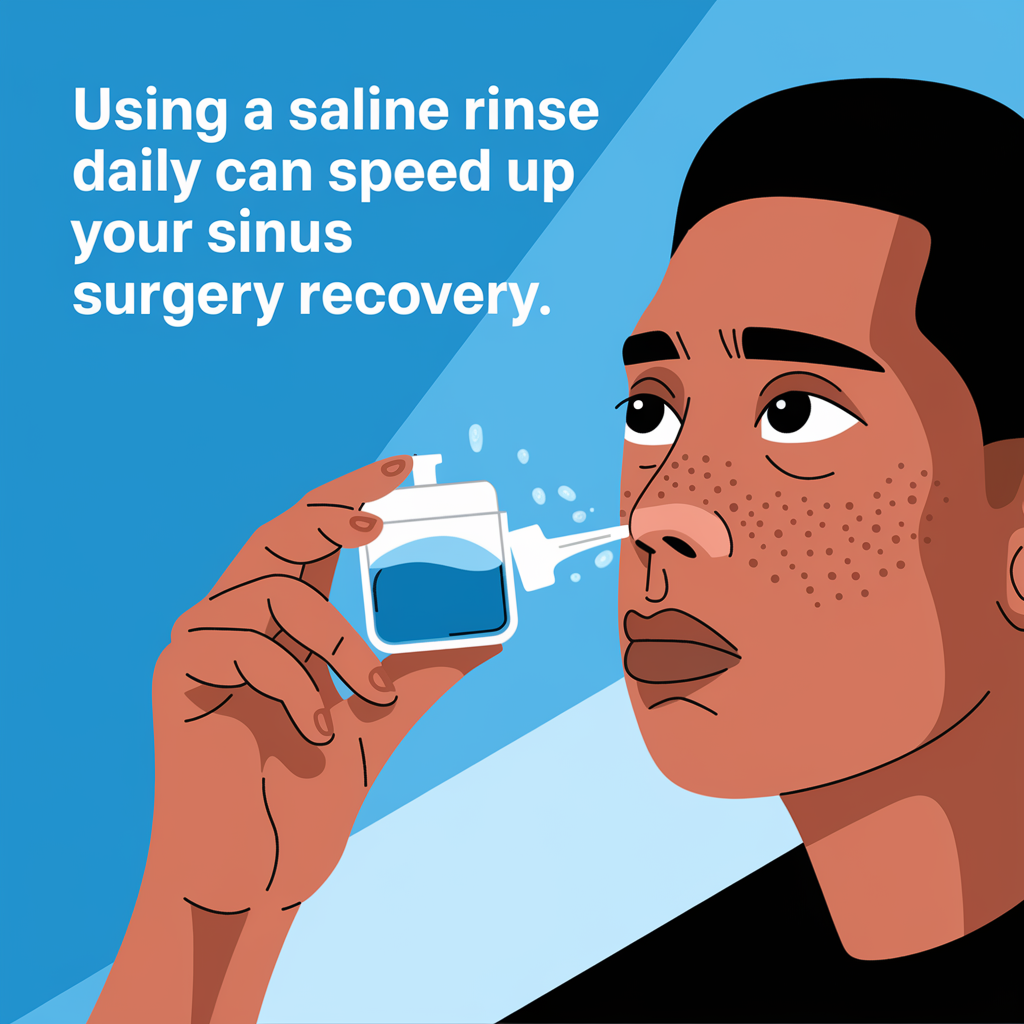
Is Fixing a Deviated Septum Worth It?
If you’ve been struggling with the symptoms of a deviated septum, such as difficulty breathing or chronic sinus infections, you may wonder whether surgery is worth the cost and recovery time. For many people, the benefits of septoplasty far outweigh the challenges, improving both their physical health and quality of life.
Benefits of Deviated Septum Surgery
- Improved Breathing: The most immediate and noticeable benefit is the ability to breathe clearly through both nostrils.
- Reduction in Sinus Infections: Septoplasty improves nasal drainage, helping prevent the buildup of mucus that leads to infections.
- Better Sleep Quality: Many patients report significant improvement in snoring or sleep apnea symptoms after the procedure.
- Enhanced Daily Comfort: Reduced nasal blockages and headaches contribute to an overall better sense of well-being.
Risks and Considerations
While septoplasty has a high success rate, it’s not without risks. Common concerns include:
- Temporary swelling or bruising.
- Mild discomfort during recovery.
- Rare complications like infection or scarring.
Most patients find the recovery manageable, especially when they follow post-surgical care guidelines. For tips on how to minimize discomfort and swelling, visit Swift Healing After Sinus Surgery.
Real-Life Experiences
Many individuals who have undergone septoplasty report life-changing improvements. Their ability to breathe freely and live without chronic symptoms often validates the decision to undergo surgery. If your symptoms are severe and affect your day-to-day activities, fixing your deviated septum may be a worthwhile investment.
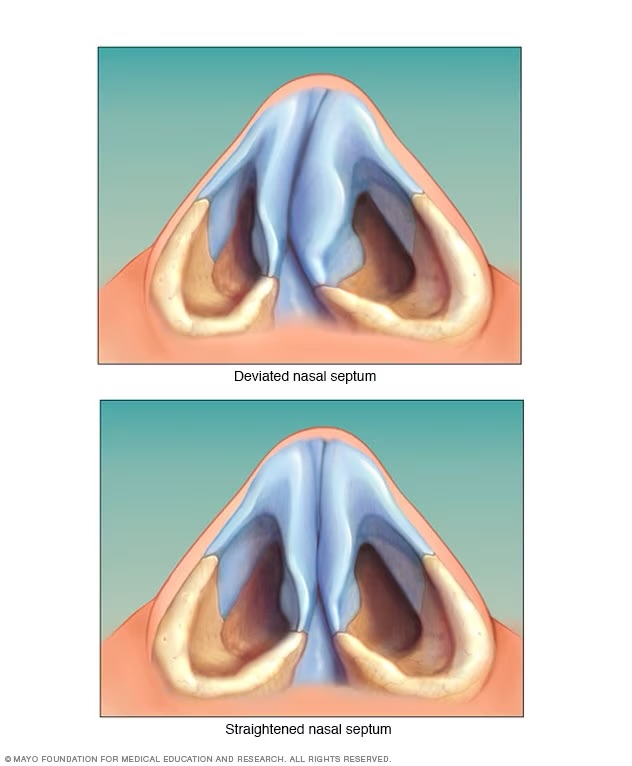
Who Qualifies for Deviated Septum Surgery?
Not everyone with a deviated septum requires surgery. However, individuals with moderate to severe symptoms that impact their quality of life or health are typically good candidates for septoplasty. If non-surgical treatments like nasal sprays or antihistamines fail to provide relief, surgery may be the best option.
Signs You Might Need Septoplasty
You may qualify for deviated septum surgery if you experience:
- Chronic Nasal Congestion: Persistent blockage that doesn’t improve with medication or other therapies.
- Frequent Sinus Infections: Recurrent sinus issues caused by poor drainage in the nasal passages.
- Difficulty Breathing Through the Nose: A common symptom, especially noticeable during exercise or sleep.
- Sleep Disturbances: Snoring, mouth breathing, or sleep apnea linked to nasal obstruction.
- Recurring Nosebleeds or Facial Pain: Discomfort caused by the structural misalignment of the nasal septum.

When to Consult an ENT Specialist
If your symptoms are severe or if they worsen over time, it’s important to consult an ear, nose, and throat (ENT) specialist. They will assess your condition, perform diagnostic tests, and determine whether you’re a candidate for septoplasty.
Non-Surgical Treatments to Try First
Before opting for surgery, many patients explore non-surgical remedies to manage their symptoms. These include:
- Nasal sprays (e.g., Flonase).
- Saline rinses to clear nasal passages.
- Managing allergies or sinus issues naturally, such as with methods outlined in Natural Remedies for Sinus Congestion.
Surgery is often recommended when these treatments fail to provide lasting relief and the symptoms significantly affect your health and lifestyle.
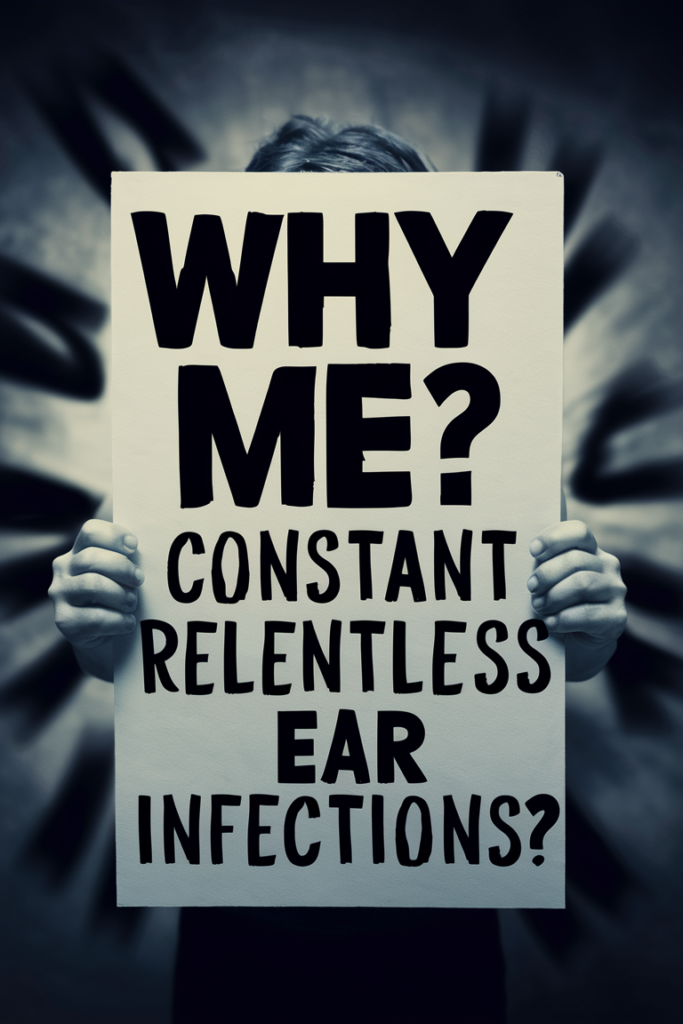
Alternatives to Surgery: How to Fix a Deviated Septum Without Surgery
For those hesitant about surgery, there are non-surgical options to manage the symptoms of a deviated septum. While these alternatives won’t correct the structural issue, they can help alleviate discomfort and improve quality of life for individuals with mild to moderate symptoms.
Non-Surgical Remedies
- Nasal Strips
- Adhesive nasal strips worn across the bridge of the nose can help open nasal passages, improving airflow during sleep or physical activity.
- Steroid Nasal Sprays
- Products like Flonase reduce inflammation in the nasal passages, which can temporarily ease congestion and improve breathing. Learn more about their role in sinus relief at Navigating Allergies and Sinus Issues: The Role of Flonase.
- Saline Rinses
- Regularly rinsing the nasal passages with a saline solution can clear mucus and reduce irritation, promoting better sinus drainage.
- Managing Sinus Congestion Naturally
- Techniques like using steam inhalation, humidifiers, or therapeutic baths can help relieve nasal blockages caused by sinus congestion. For detailed methods, visit Soothing Sinus Troubles with a Therapeutic Bath.
Addressing Underlying Causes
If your symptoms are exacerbated by allergies or chronic sinus infections, treating these underlying conditions may significantly reduce discomfort. For example:
- Allergy Management: Identifying and avoiding triggers can reduce nasal inflammation.
- Lifestyle Adjustments: Limiting exposure to irritants like smoke or dust can help maintain clear nasal passages.
While these methods can provide temporary relief, they are not a permanent fix. Surgery may still be necessary for individuals with severe symptoms or complications caused by a deviated septum.
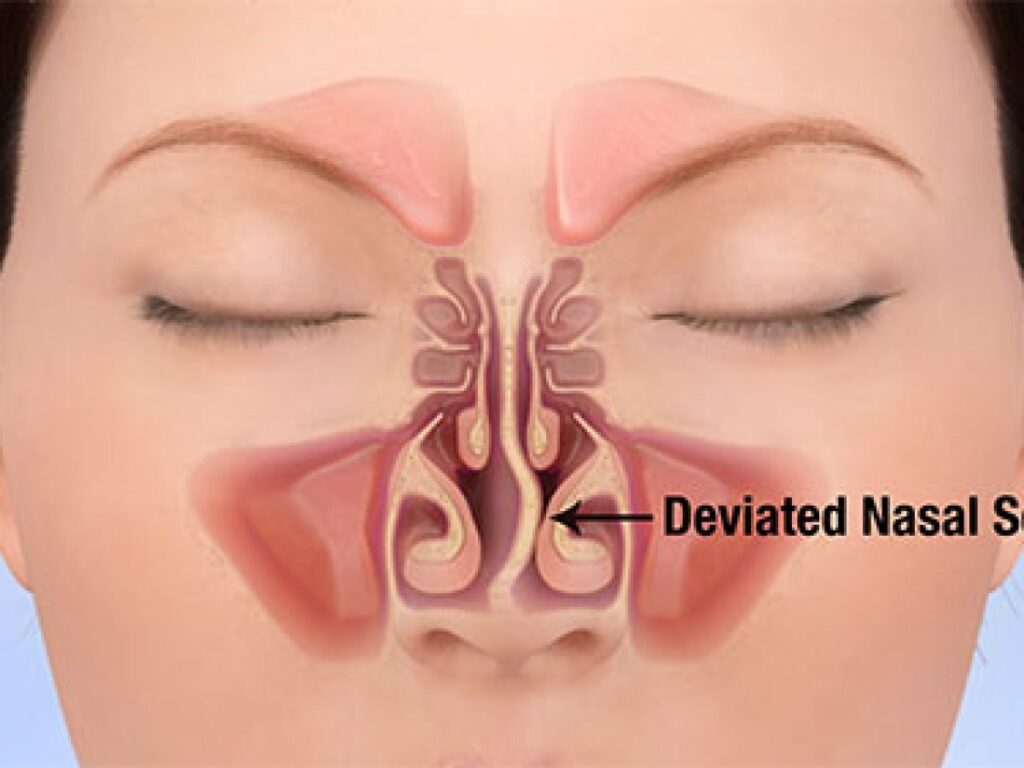
Common Post-Surgery Questions
Undergoing surgery for a deviated septum is a significant decision, and many people have questions about the procedure, recovery, and results. Here’s what you need to know about life after septoplasty.
How Painful Is Deviated Septum Surgery?
Most patients report mild to moderate discomfort during the recovery process, but the pain is manageable with prescribed medications. Common sensations include:
- Nasal congestion and pressure.
- Mild soreness around the nose and upper lip.
- Swelling or tenderness in the nasal area.
For tips on managing post-surgery swelling and discomfort, visit Swift Healing After Sinus Surgery.
Do You Breathe Better After Surgery?
Yes, most patients experience significantly improved breathing after the initial recovery period. Once the swelling subsides, the nasal passages allow for smoother airflow, reducing congestion and related symptoms. Many also notice better sleep quality and fewer sinus infections.
What Is the Success Rate of Deviated Septum Surgery?
Septoplasty has a high success rate, with studies showing that around 85–90% of patients achieve long-term relief from their symptoms. The outcomes are even better when the surgery is performed by an experienced ENT specialist.
What to Expect During Recovery
- Recovery usually takes 1–2 weeks, with most patients resuming normal activities within a week.
- Full results are typically noticeable within 1–3 months as swelling completely resolves.
- Following your surgeon’s post-operative care instructions is crucial for a smooth recovery and optimal results.
By addressing these common concerns, you can feel more confident and informed when deciding whether septoplasty is right for you.

Is Deviated Septum Surgery the Right Choice for You?
Deciding to undergo deviated septum surgery depends on the severity of your symptoms and the impact they have on your daily life. For those who struggle with chronic breathing difficulties, sinus infections, or sleep disturbances, septoplasty can provide life-changing relief.
Key Takeaways
- Cost and Coverage: While the cost of septoplasty ranges between $5,000 and $11,000 without insurance, many providers cover the procedure if it’s deemed medically necessary. Always verify coverage with your insurance company before proceeding.
- Non-Surgical Alternatives: Non-surgical remedies like nasal strips, sprays, and natural methods can help manage mild symptoms, but they won’t correct the structural issue.
- Success and Recovery: Septoplasty boasts a high success rate, with most patients experiencing long-term improvements in breathing and sinus health. Recovery is manageable with proper care and guidance.
Next Steps
If you’re experiencing persistent symptoms, consult an ENT specialist to evaluate your condition and discuss your options. Whether you choose surgery or non-surgical treatments, addressing a deviated septum can significantly enhance your overall well-being.
For more detailed insights and resources on managing nasal and sinus issues, visit:
- Johns Hopkins Medicine – Deviated Septum
- Natural Remedies for Sinus Congestion
- Why Me? Why Constant, Relentless Ear Infections?
By understanding your symptoms and exploring all available options, you can make an informed decision about whether septoplasty is the right path for you.

As an Amazon Associate we earn from qualifying purchases through some links in our articles.




